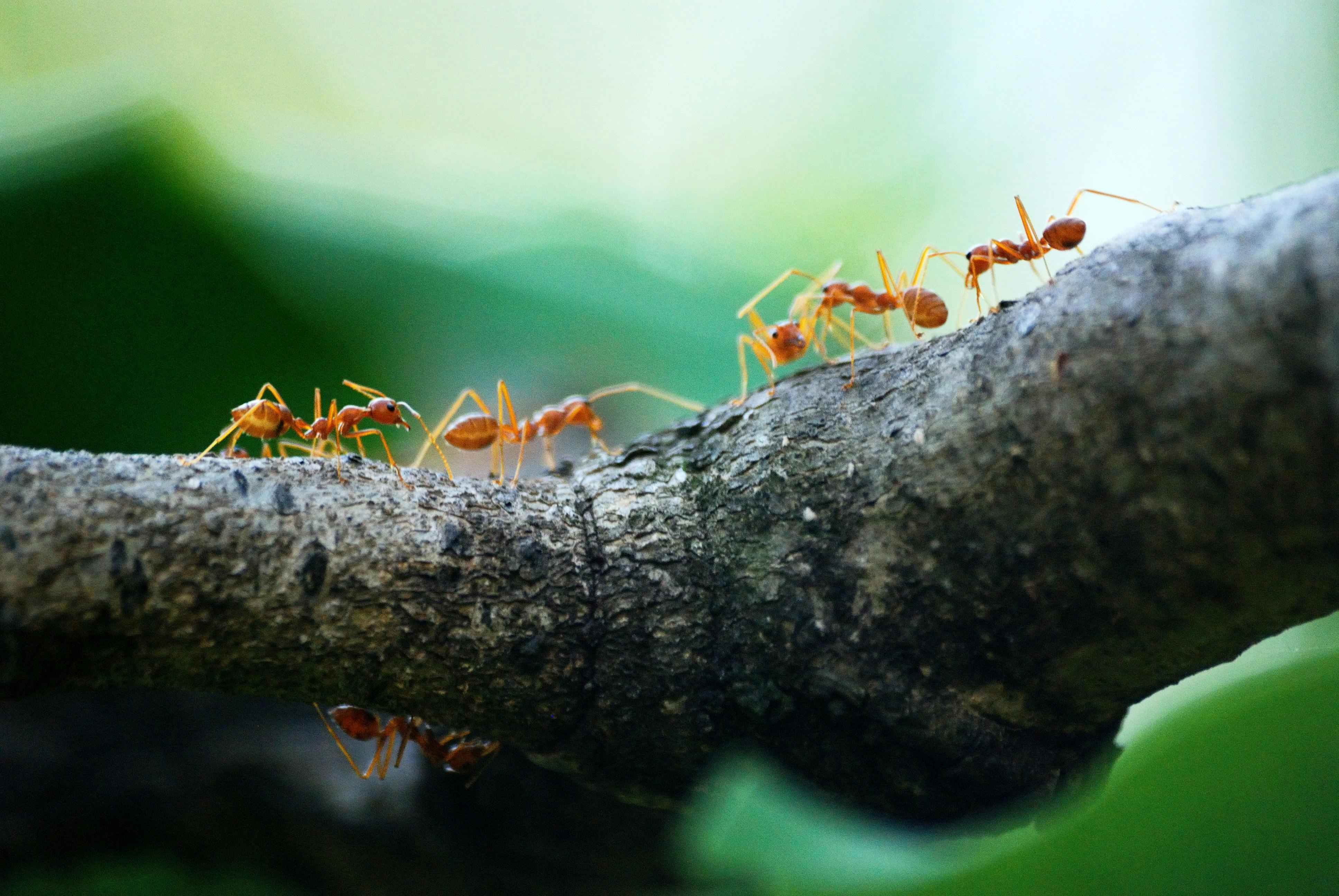Understanding the Fascinating World of Ant Farms
Ants. They're tiny, often overlooked, and sometimes considered a nuisance. But these small creatures harbor a secret world of complexity, organization, and intelligence, which has fascinated humans for centuries. The ant farm, a popular children's toy, offers a unique glimpse into this world, and while it may seem like just a fun diversion, it is far more than that.

Ant farms, or formicariums as they’re scientifically known, have been around for over a hundred years, providing insights into the intricate social systems of ants. They were first patented in 1907 by a French entomologist, Charles Janet, who intended them to be a tool for studying ant behavior. Today, they continue to captivate, not just with their entertainment value but also with their educational potential.
The Ant Farm: A Historical Perspective
Ant farms gained popularity in the mid-20th century, especially in the United States. Milton Levine, often hailed as the “Father of Ant Farms,” introduced a version at a toy fair in 1956, and it quickly became a hit. Levine’s ant farm was designed with a thin, flat container filled with transparent gel, allowing a clear view of the ants’ tunneling behavior.
Ant farms have evolved since Levine’s time, with modern versions featuring LED lights and nutrient-rich gel that ants can eat, eliminating the need for additional food. Despite advancements, the core purpose remains the same: to observe and learn from the ants’ organized and industrious nature.
Ant Farms in Today’s World
In recent times, ant farms have found renewed popularity. Part of this resurgence can be attributed to the increasing interest in STEM education. Ant farms are excellent tools for teaching children about ecology, biology, and social structures. They provide a hands-on experience of nature, fostering curiosity and respect for living creatures.
Furthermore, ant farms have found their place in psychological and therapeutic practices. Some studies suggest that observing ants can have calming effects, helping reduce stress and anxiety. Ant farms are now marketed not only as toys or educational tools but also as unique, living pieces of art.
Depending on the complexity and size, ant farms can range from $10 to several hundred dollars. Their impact on the market is notable, with a growing demand for high-end, aesthetically pleasing ant farms that blend science and art.
The Science Behind Ant Farms: An In-depth Look
Ants are eusocial insects, living in highly organized colonies with complex social structures. They communicate using pheromones, sounds, and touch. Ant farms give us a window into this sophisticated world, showcasing ants’ ability to cooperate, divide labor, and navigate their environment.
Ant farms also highlight ants’ remarkable ability to adapt and problem-solve. For instance, when presented with obstacles or changes in their environment, ants will swiftly adjust their behavior, demonstrating a level of intelligence that often surprises observers.
Embracing the World of Ants: A Final Note
Ant farms, while seemingly simple, are a testament to the wonder of nature and the complexity of life. They offer valuable lessons about cooperation, diligence, and adaptability, qualities that resonate with humans. As we continue to explore and appreciate the world of ants, it’s clear that these tiny creatures have much to teach us, if we only take the time to watch and learn.
In a world increasingly disconnected from nature, ant farms serve as a reminder of our connection to other living beings. They invite us to slow down, observe, and marvel at the intricate dance of life unfolding right before our eyes.




